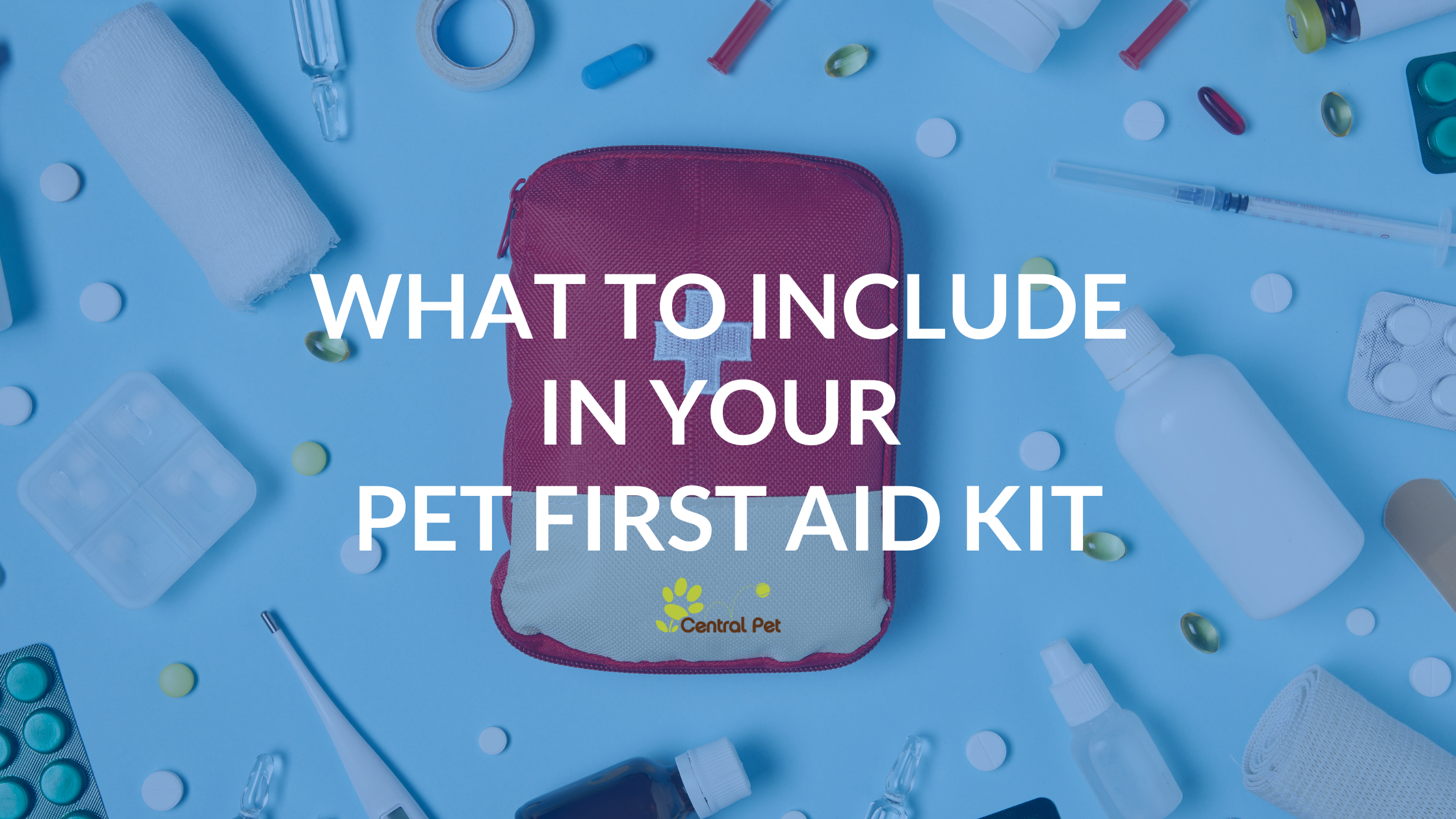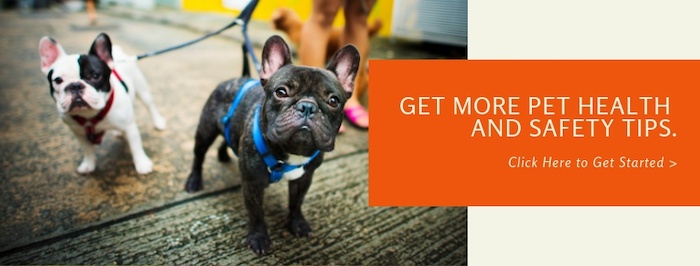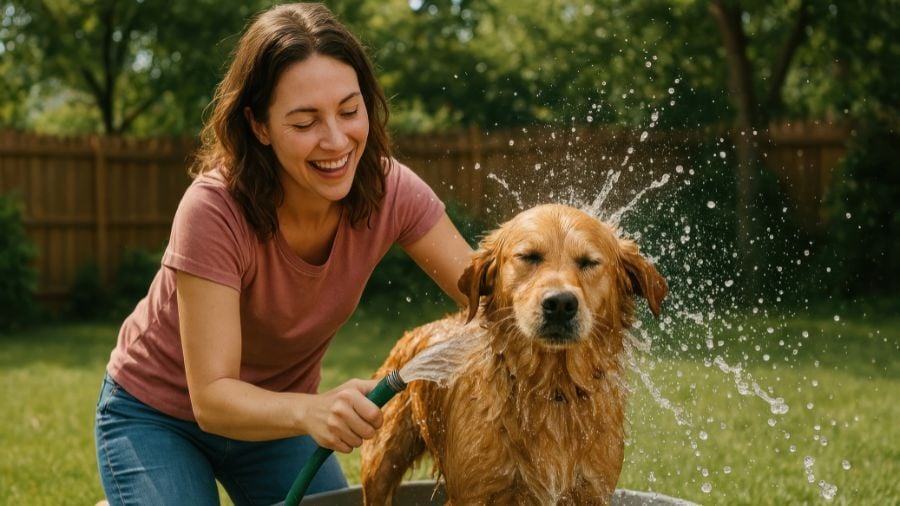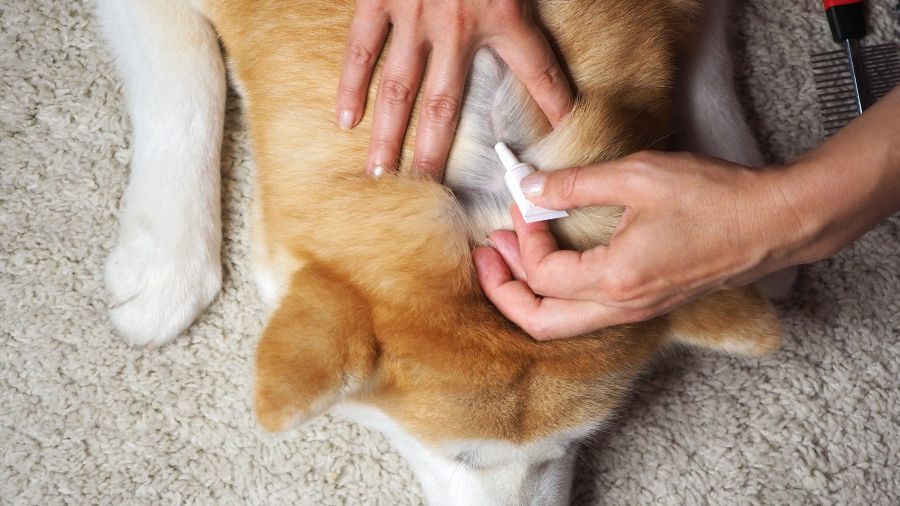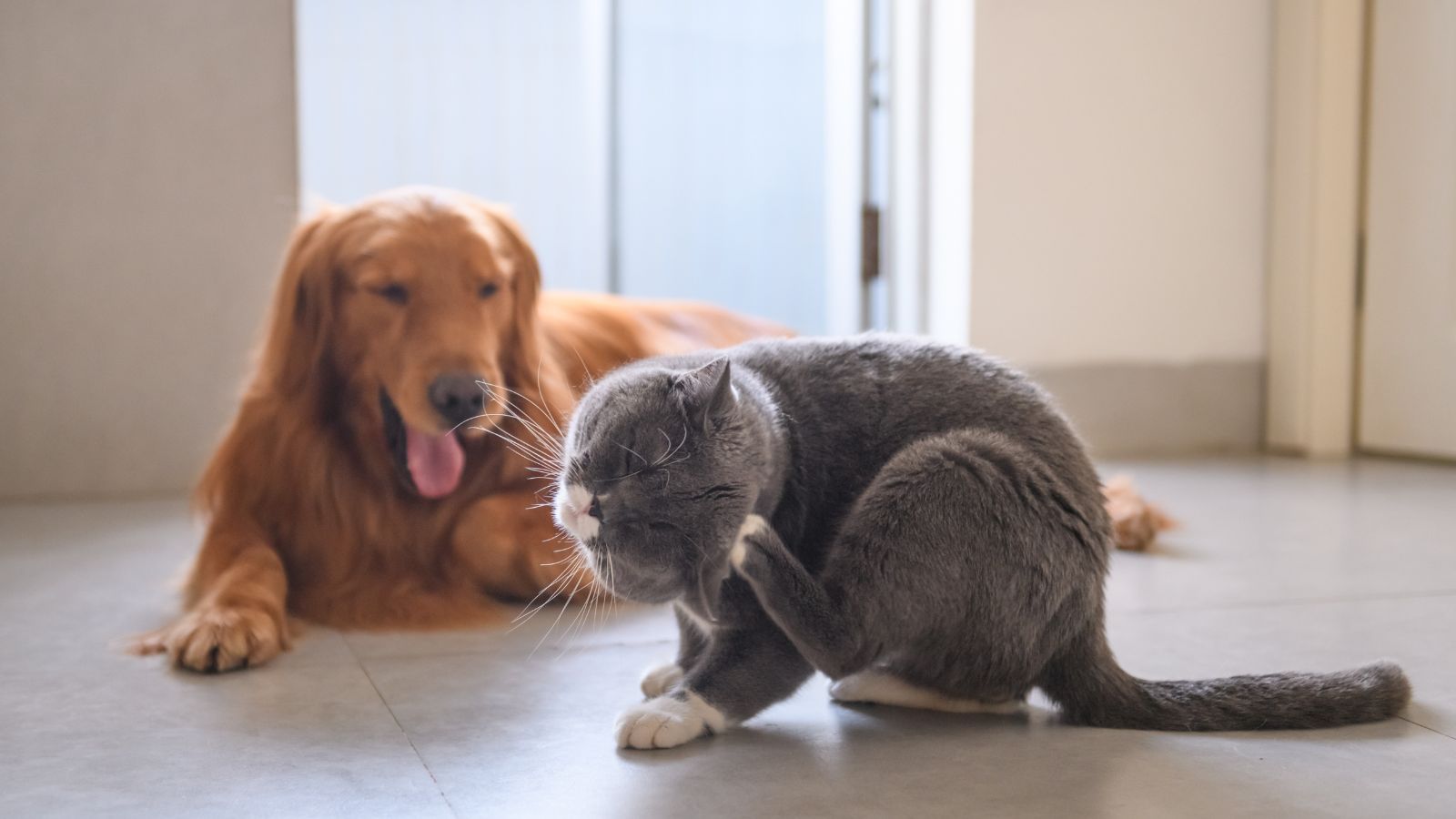Just as you would put together a first aid kit for yourself or your child, you should also have a first aid kit that is tailored to your pet stored somewhere you can easily get to. A pet first aid kit is essentially a collection of medications and supplies that can help your pet until you can get home or get to your veterinarian for additional treatment. You never know when your furry friend will get into a bit of mischief or have an accident, so putting together a kit that can help with minor wounds or injuries can really help.
Not sure what to include in your kit? We are here to offer some helpful tips!
Pet First Aid Kit Items
The first aid kit that you put together with your pet in mind should include:
- Styptic Powder
- Tweezers
- Bandages & Tape
- Thermometer
- Scissors
- Gloves
- Antibiotic Ointment
- Hydrogen Peroxide
- Wet Wipes
- Towel/Blanket
- Flashlight
- Benadryl
- Pepto Bismol
- Current Medications
- Collapsible Bowl
Continue reading below to understand why each of these items is essential to your kit!
Styptic Powder
If your pet’s nails are accidentally cut too short, or they snag it during a walk, the styptic powder can save the day. This powder works to stop the bleeding--and trust us when we say that nail injury can bleed A LOT!
Tweezers
Tweezers are a helpful tool to include in your pet first aid kit because they can be used for so many things. They can be used to remove thorns, splinters, ticks, or anything else that gets embedded in your pet’s fur or skin.
Gauze Bandages and Medical Tape
If your pet is ever injured, you’ll want to stop the bleeding and protect the wound right away. Gauze bandages and medical tape are a must-have in your pet first aid kit. It’s a good idea to have various sizes of bandages and plenty of medical tape on hand.
Thermometer
It may be helpful to have a thermometer on hand so you can closely monitor your pet’s health in certain emergencies. Mercury or digital thermometers are often used for pets, but if you choose to pack in a digital thermometer then you should set up a reminder to switch out the batteries.
Scissors
Scissors are a tool that you may need from time to time for many different reasons. Make sure the scissors that you choose are of good quality.
Disposable Gloves
Disposable gloves are needed to protect yourself as you attend to your pet. You don’t want to unnecessarily expose yourself to bacteria or anything else as you attend to your pet’s medical needs.
Antibiotic Ointment
Small wounds and scratches should have antibiotic ointment applied as soon as possible. Doing so can help your pet avoid infection.
Hydrogen Peroxide
Hydrogen peroxide has a few uses that may be helpful to include in your pet’s first aid kit. One reason is that it can be useful in removing blood from fabric, such as your pet’s collar.
Wet Wipes
Pet-friendly wet wipes can be used for your pet’s bathroom accidents. You definitely don’t want to be caught empty-handed when nature calls.
Towel or Blanket
You want to be sure that the towel or blanket in your first aid kit is large enough to completely wrap around your pet.
Flashlight
You never know when an emergency may strike, so make sure you add in a flashlight to use at night time.
Benadryl Capsules
Benadryl capsules are safe for dogs to take in the event of an allergic reaction. However, make sure that you consult with your vet about how much to give to your pet in the case of an emergency. Pack a few in your pet first aid kit in case your pet needs immediate attention for an allergic reaction. Sometimes pet owners don’t know about an allergy until their pet has a bad reaction.
Pepto Bismol
Another medication you should include is Pepto Bismol. This medication is great for upset stomachs.
*Remember to consult with your veterinarian for proper dosing instructions for your pet.
Current Medications
If your pet is taking any medications or supplements, make sure that you toss a few into your pet first aid kit with prescription information and the expiration date. It’s also helpful to set up a reminder to change out your meds as the expiration date gets closer. You definitely don’t want to miss necessary doses that keep your pet healthy and strong.
Collapsible Bowl
Make sure that you have a collapsible bowl for water. Many of these are in the market, and some can even be packed up into very small spaces.
Where to Store Your Pet First Aid Kit
Now that you’ve gathered all of the necessary items for your pet first aid kit, now it’s time to consider where you should store it. As a rule of thumb, it’s practical to store your pet’s first aid kit in the same places you would store your own. For example, your medicine cabinet at home and your car are a couple of obvious places that a first aid kit may come in handy. If you also happen to frequent another home (such as a family member or your partner), then you may want to store a first aid kit there as well. Consider where your pet spends the majority of their time, and have your first aid kit readily available for their emergency needs.
*Remember to consult with your veterinarian for proper dosing instructions for any medications mentioned here.


